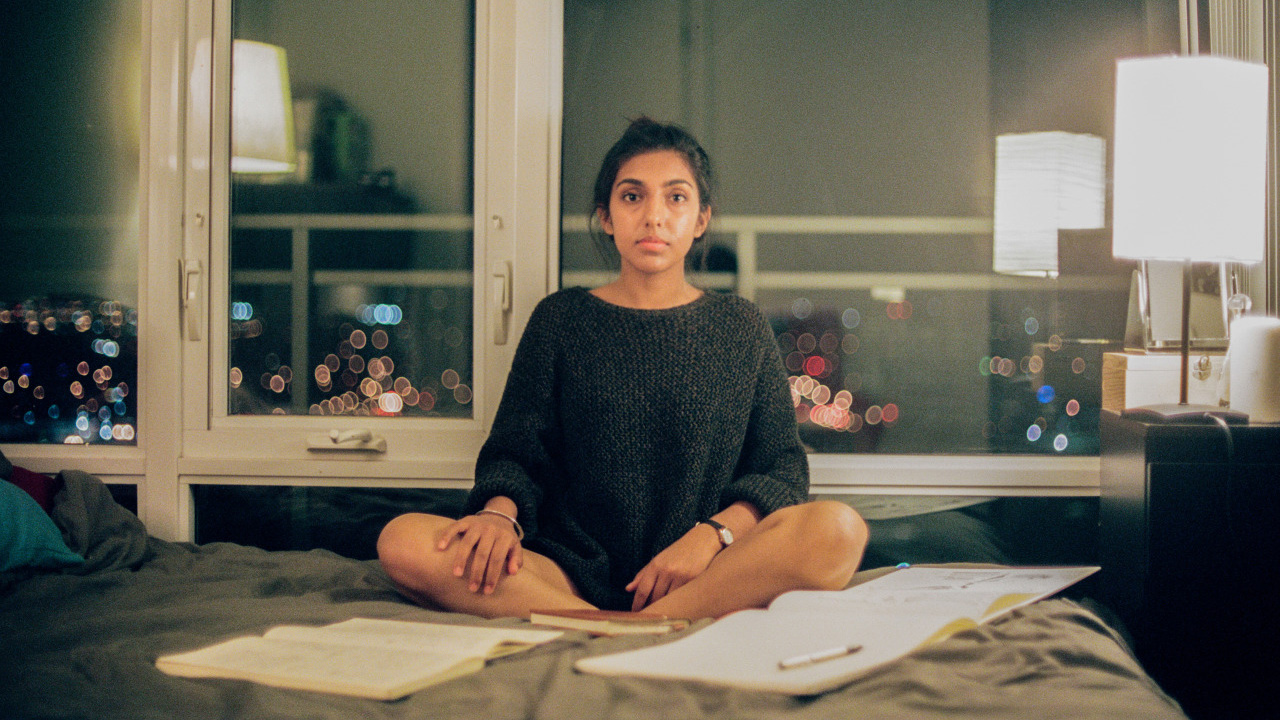Rupi Kaur’s Instagram famous poetry has created much debate on the limitations and boundaries of the form. Aneeka Hussain delves into her personal connection with Kaur’s poetry and what it means for poetry readers in the contemporary age.
I must finally admit it. I’m one of the thousands of girls guilty of having posted the typical Instagram shot. A mug of coffee, carefully but purposefully, placed by my copy of milk and honey. The little book of poems that changed everyone and anyone’s Instagram game.
I must confess that I was lured into reading her poems partly because of how they stood out on the page. In an age where appearance is everything, Rupi Kaur’s poetry ticks all the boxes for creating art that is ‘aesthetically pleasing’. Therefore, it is not much of a surprise that Kaur’s work initially gained massive popularity on social media. She is part of the new era of Internet poets, who started out by posting their work online. Rising to fame as a result of their constantly growing online readerships. The visual element of their work has contributed greatly towards increasing the interest in their writing.
As if you needed more confirmation of her appealing nature, Kaur’s melodic TEDx talk titled I’m Taking My Body Back is a mesmerising assertion of her self-love. This video alone is enough to display her mastery over words. It’s refreshing to see a shift from the robotic narrative of white voices that claim to speak on the behalf of everyone. Voices that I could never relate to, and that never did actually make me feel included. The rawness of Kaur’s work makes her a fitting role model. Loud and clear, she’s opening up spaces for women from minority backgrounds.
The book itself is structured in four parts, mirroring different stages of life: the hurting, the loving, the breaking and the healing. Kaur’s content addresses love, heartbreak, identity and empowerment. Her work has become known due to her rejection of grammar rules. Kaur writes using several line breaks and without punctuation or any capital letters. Her poems are accompanied by illustrations that suit the minimalist format. Simple words, but striking sentiments that speak to the reader’s soul. This style spurred a wave of memes stylised in the classic arrangement of few words and several line breaks for an exaggerated and dramatic effect.
I have found that the accessibility of her poems is something that has been significantly undervalued. This is revealing of the difficulty people face when accepting work that challenges the tradition set by white male poets. It has become easier to mock rather than acknowledge that poetry is becoming more inclusive. Kaur confidently uses her creative control to produce her own space where she can reclaim her identity. The embracing of her Punjabi roots sends an important and reassuring message for women of colour everywhere. That one does not need to reject where they came from, just to fit in.
https://www.youtube.com/watch?v=wJefeBLZaOA
Yet, with successful women, there also comes a great deal of backlash. There has been controversy about her apparent commercialisation of the collective struggle of South Asian women. As frustrating as it is, her poetic ‘I’ is something that will never be determined and will always be debated with uncertainty. I, however, believe that this is the aim of her work – to be as accessible as possible. Kaur encourages openness and honesty as clearly exhibited by her writing. She does not seek to create distance, she seeks to strengthen the bonds of sisterhood.
Understandably, there are mixed emotions surrounding Kaur’s latest book of poems: The Sun and Her Flowers, but I don’t think it should be completely ruled out. Work that is created by women of colour should be supported as it is improving the level of representation. I know I’ll certainly be over here poring over her new book to feel a camaraderie in drowning my sorrows.
Aneeka Hussain
(Image courtesy of The Quint)

